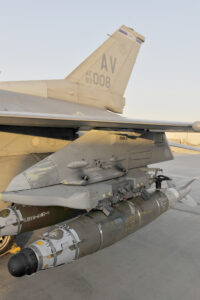
The U.S. military’s collateral damage estimation (CDE) process could incorporate real-world data to lessen civilian casualties (CIVCAS), according to analysts who have studied ways to reduce such harm. In 2010, the Joint Staff’s Joint Civilian Casualty Study called for using real-world data to validate CDE tools and processes, a call made again in 2018 in a follow-on study, Civilian Casualties: We Need Better Estimates—Not Just Better Numbers, co-authored by Larry Lewis, one of the authors of the original Joint Staff…














